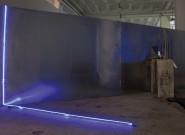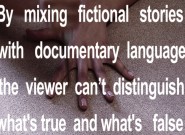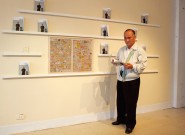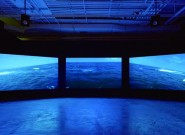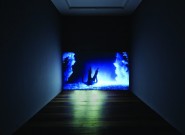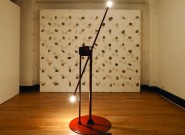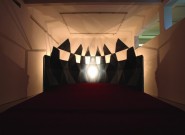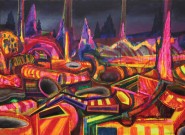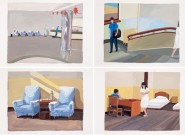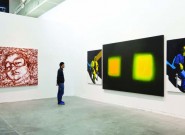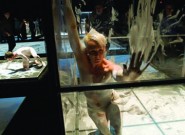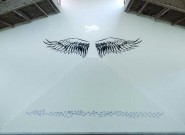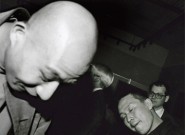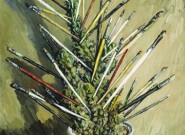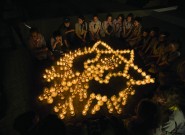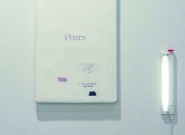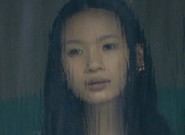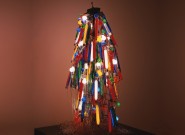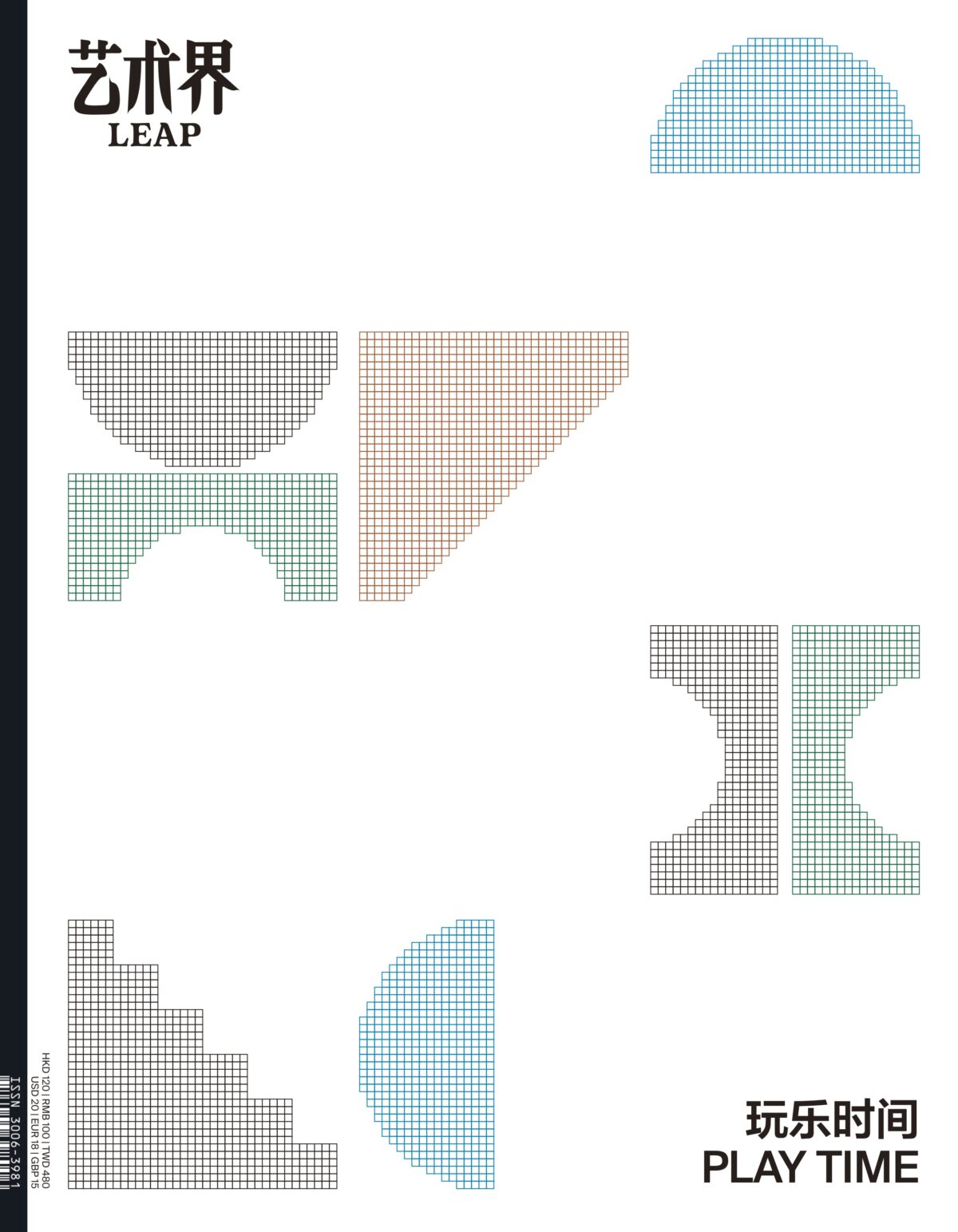He An has chosen a decidedly industrial look for his exhibition space, favoring reinforced concrete and viscous engine oil. Commonly found in urban living spaces, these traces of construction sites obscure the realities of a changing landscape. But after the scaffolding and debris are gone, the height and feng shui of the buildings have all…
Read MoreIn her work, Keren Cytter is an “offspring” of Bertolt Brecht. She injects the sensation of alienation into the textual narrative of her pieces, breaking up the audience’s experience with subtle tricks and slights of hand. The strange voice-overs of Video Art Manual are a reminder to the viewer of the role of subtitles; the…
Read MoreOver Taipei Contemporary Art Center’s (TCAC) two-year pilot period, in addition to organizing exhibitions, performances, and hosting short-term residencies, the minds be- hind TCAC have curated a wide variety of lectures. Now, on the eve of its relocation, they mounted the last exhibition and conceptual interrogation to take place on TCAC’s found- ing campus. In…
Read More“Disappearing Traces” is Taiwanese new media artist Yuan Goang-Ming’s solo debut on the Mainland. The exhibition does not present any new works by the artist, but rather seems intended to introduce Mainland audiences to the well-established artist’s oeuvre. The works in the show range from Yuan’s early classics, like the video installation Fish on Dish,…
Read MoreThe “angel” falls slowly, breaking the water’s shiny surface. Brilliant light, as if from heaven, tears open the infinite stretch of darkness. His body is shrouded in seafoam and bubbles, at once completely submerged in the depths of the water, then hovering in the air, with loud, penetrating cries echoing as if from within the…
Read MoreStrictly speaking, “Light Bending Onto The Retina” is not a research or creativity-driven exhibition. But it is also not the sort of exhibition that we often see, those that conduct autonomous conversations with themselves. Rather, the exhibition is concerned with the audience, instilling inspiration at the visual level. The curator has chosen “light” as the…
Read MoreWithin the dim lighting of this exhibition space towers a six-meter-high “construction matrix,” stretching nearly to the ceiling. This semi-circular, domed form is both church- and cave-like, composed of polyhedral forms joined at three separate levels and adorned with Li Shurui’s now trademark black, white, and gray “dot paintings” of varying sizes. These paintings, 106…
Read MoreOver the past several years, Huang Yuxing’s works have undergone continuous, linear change, both in terms of their composition and their themes. Beginning with his “Keyhole” series, Huang left audiences with an impression that was often somber, through works marked by emotional doubt and private inquiry. Then, with the unfolding of key personal and global…
Read More“I regard these paintings more as information bulletins reporting on this particular period of my life,” Liu Xiaohui writes in the introduction to this exhibition. Life has certainly been the central theme in Liu’s recent work, and a narration of its ordinariness and accidental nature clearly guides the style of this series of paintings. In…
Read MoreIn 1862, inside a poorly-lit studio, Paul Cézanne put the finishing touches on his latest canvas, a self-portrait. Outside, all across Europe, a different method for image-creation was taking the continent by storm. The appearance and steady advancement of photography completely overturned painting’s representational dominance, and redefined the economic value of a portrait. It turned…
Read MoreIn England, 2012 is a year of celebratory cheer: the sixtieth-year jubilee of Queen Elizabeth II’s reign coincides with the upcoming London Olympics. But in the photo series “London Pictures,” bad boys Gilbert & George lead us through a city that is grim and chaotic, belonging to criminals and the deranged. Gray and beige have…
Read MoreThe Park Avenue Armory has been New York’s “secret art armory” for four or five years now. Every year there are a few unconventional programs of exceptional scale from art world heavy hitters. From Christian Boltanski’s gigantic installation No Man’s Land, to Ariane Mnouchkine’s marathon play Les Éphémères, to Peter Greenaway’s multimedia epic Leonardo’s Last…
Read MoreTo a Chinese audience, the story of contemporary Egyptian history that Moataz Nasr wove through the exhibition was a strange and unfamiliar one. The artist was too focused on links between China and Egypt that transcended the language barrier, from the police barrier at the exhibition entrance to the 32 blue-and-white porcelain vases spread out…
Read MoreQIN QI HAS done fewer and fewer large-scale works over the past two years, essentially changing his form of practice since the art world first became familiar with him. Looking back to the start of 2005, Qin’s large-scale works appeared frequently in all sorts of contemporary art exhibitions. At that time, regardless of whether the…
Read More“Forget Fear” reads the title of the 7th Berlin Biennale— curated by Polish artist Artur Zmijewski and his co-curatorial team, consisting of Polish art historian and curator Joanna Warsza and, from a distance, Russian activist-artist group Voina— but the more prosaic question behind this motto was what “art can do for real politics.” In a…
Read MoreIt would be easy to view the artistic practice of Lee Kit as a quaint celebration of the quotidian side of life, or perhaps as a pensive homage to the everyday carried out through a mute interplay of found objects placed within a space. In this sense it resembles so much global arte povera seen…
Read MoreThe nightlife of Beijing is remarkably lackluster. Long-term foreign residents, bored stiff, often find themselves in search of a little entertainment. These laowai come in all stripes, and the good are mixed in with the bad. Of the various diversions they devise for themselves, one form is particularly noteworthy: “foreign salons” (yang shalong). On the…
Read MoreThe greatness of Edouard Manet’s The Execution of Maximilian, according to Georges Bataille, lies exactly in its relationship to the original— Francisco Goya’s El Tres de Mayo 1808— or its inheritance of resistance: the regard for and expression of indifference. “There is no essential difference between him painting the scene of an execution or painting…
Read MoreFollowing a performance of the now iconic Gutai work Electric Dress (1956), Atsuko Tanaka laid down the garment’s 200 colored light bulbs to rest on a piece of fabric. Still hot, the light bulbs scorched the material, leaving behind an ad hoc composition of black circles loosely marking out a figure. This figurative index, both…
Read More
